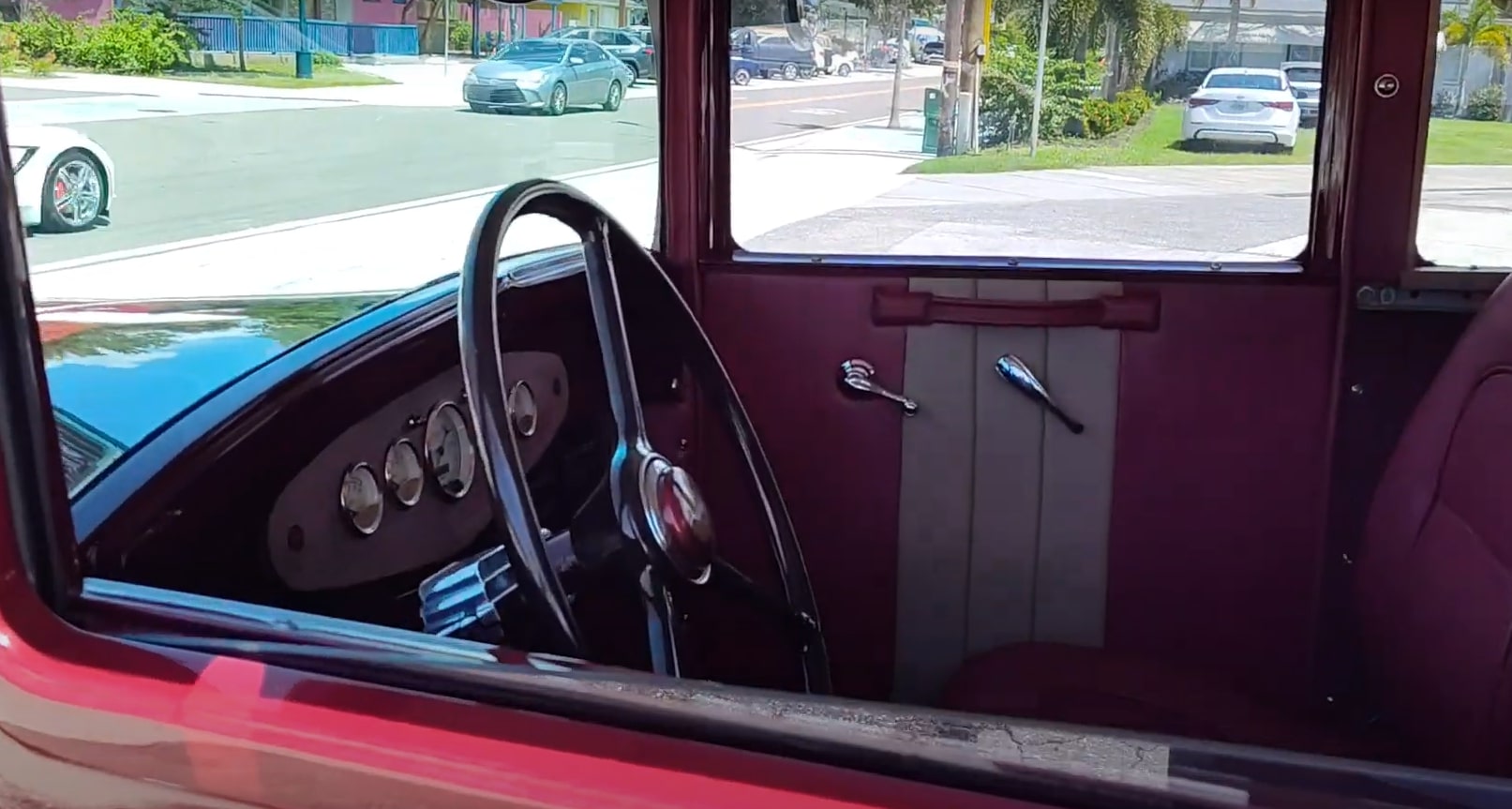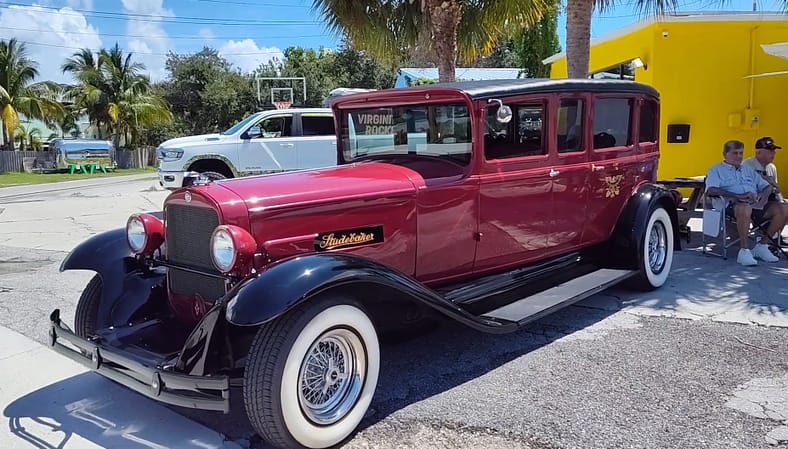The Studebaker President, once a shining star in the automotive firmament, has dimmed over time. Introduced in 1926 as a replacement for the Big Six, it swiftly ascended to the ranks of premium automobiles. Initially equipped with a straight-six engine, the President later adopted a more potent straight eight powerplant.
The nameplate benefited significantly from Studebaker’s acquisition of Pierce Arrow, incorporating advancements in engineering and design. By 1933, the President boasted one of the most advanced straight-eight engines available, setting numerous land speed records and challenging the dominance of more expensive marques like Cadillac, Packard, and Lincoln.
The President underwent a significant redesign in 1934, adopting a more streamlined aesthetic in line with Studebaker’s broader model lineup. A second redesign followed in 1941, but the outbreak of World War II forced a temporary cessation of car manufacturing. Although the President returned to production in 1946, its glory days were behind it.
Studebaker attempted to revitalize the President’s nameplate in 1955, applying it to all premium-trimmed vehicles within its range. This included a diverse array of body styles, culminating in the introduction of the short-lived Speedster and the iconic Hawk series. However, despite these efforts, the President’s reign would ultimately come to an end in 1958, leaving behind a legacy of luxury and innovation.
The 1930 Studebaker President is a rare sight, especially in its pre WW2 configuration. This particular example is a first-generation model that looks spotless at first glance, but it’s far from stock. It has a stretched frame with a Corvette front end, and it’s powered by a Ford V8 engine. Additionally, it features a unique heating system that appears to be an antique gas heater. This heater was originally conceived for home use, and it’s likely not functional today.

The stretched frame and Corvette front end give the President a more modern look, but they also raise questions about the car’s performance and handling. The Ford V8 engine is a more powerful option than the original straight-eight, but it’s also likely to be less reliable and more expensive to maintain.
The antique gas heater is a unique feature that adds to the car’s character, but it’s also likely to be a source of trouble. The 1930 Studebaker President is a fascinating and unusual car. It’s a testament to the ingenuity and creativity of its designers and builders, and it’s a reminder of a time when cars were simpler, but also more personal.

